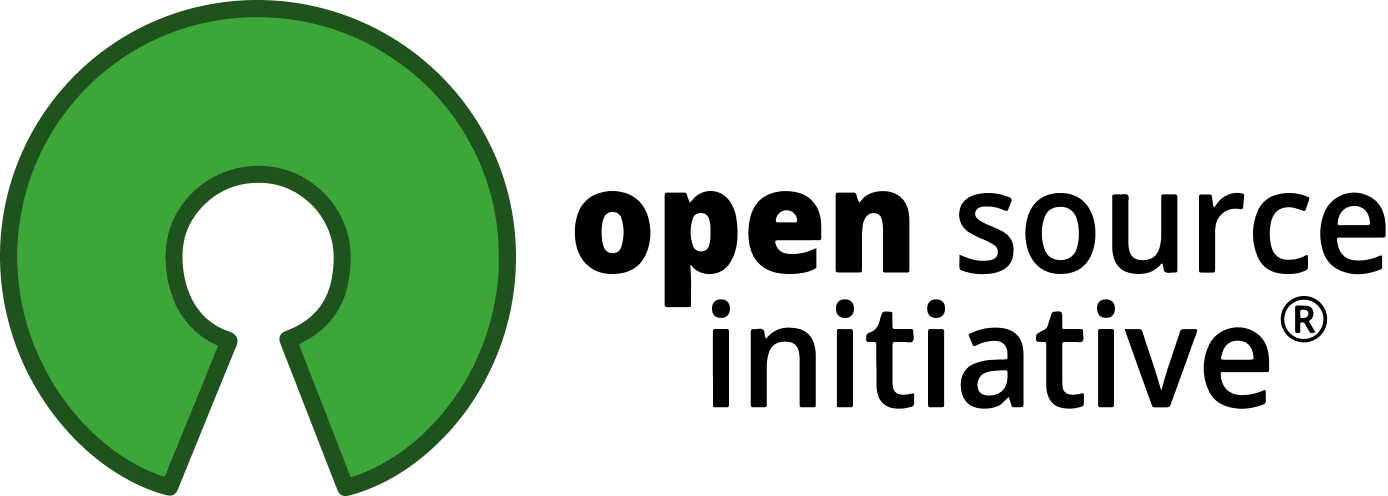What is Open Source AI
A framework for freedom
Following the same idea behind Open Source Software, an Open Source AI is a system made available under terms that grant users the freedoms to:
- Use the system for any purpose and without having to ask for permission.
- Study how the system works and understand how its results were created.
- Modify the system for any purpose, including to change its output.
- Share the system for others to use with or without modifications, for any purpose.
Precondition to exercise these freedoms is to have access to the preferred form to make modifications to the system, and to the means to use it.
The benefits of Open Source applied to AI
Empowering users, fostering innovation
Open Source gives users autonomy and personal agency. That drives frictionless innovation characterized by distributed peer review and transparency.This approach delivers superior quality, enhanced reliability, increased flexibility, reduced costs, and freedom from proprietary constraints.
Economic and societal advantages
Open Source software is a pivotal force in modern economies and societies, fueling innovation and reducing costs across critical services. Without Open Source and the ubiquitous code-creation networks, firms would pay an estimated 3.5 times more to build the software and platforms that run their businesses, or roughly $8.8 trillion [1].
Reducing risk, increasing trust
Openness allows diverse insights and rigorous scrutiny across various stages of the AI development process, from initial design to deployment. This collaborative approach significantly mitigates risks by involving a wide community of experts in identifying potential security vulnerabilities and biases early.
Three decades of success
For nearly 30 years, the Open Source Initiative’s recognized definition and list of approved licenses have guided the development and adoption of Open Source software, demonstrating its transformative impact on technology and society.
Why do we need a new definition of Open Source just for AI?
Some AI systems are made of multiple components, not all of them are software and therefore the existing Open Source Licenses are not always applicable. Training datasets and model parameters for machine learning, for example, fall under different legal frameworks beyond just copyright laws around the world.
As the Open Source Definition provided a stable reference for civil society, developers and legislators to build a global digital ecosystem, so the Open Source AI Definition serves as a north start to guarantee the benefits of autonomy, permissionless innovation, safety and trust.
Where are we currently at?
The Open Source AI Definition is open to public comments
What’s happening?
We are running a global roadshow to meet in person. Join us!
- North America
- USA, Pittsburgh, PyCon US (May 17)
- USA, NYC, OSPOs for Good (July 9 – 11)
- USA, Raleigh, All Things Open (October 27 – 29)
- Europe
- France, Paris, OW2 (June 11 – 12)
- Spain, Madrid, OpenExpo Europe (June 13)
- Austria, Vienna, Open Source Summit Europe (September 16 – 18)
- France, Paris, Data Governance event (October)
- Germany, Mainz, Open Community Experience (October 22 – 24)
- Africa
- Nigeria, Lagos, July 15
- Asia Pacific
- Hong Kong, AI_Dev (August 23)
- Asia – details TBD, DPGA members meeting (November 12 – 14)
- Latin America
- Argentina, Buenos Aires, Nerdearla (September 24 – 28)
For weekly updates, town hall recordings and access to all the previously published material, visit opensource.org/deepdive.
Outcomes of the in-person workshops
Release Candidate 1
- Expected outcome of in-person meetings in May/June
- The draft is completed in all its parts
- The draft is supported by at least 2 representatives for each of the 6 stakeholder groups
Stable Version
- Expected outcome of in-person and online meetings through the summer/early autumn
- The draft is endorsed by at least 5 reps for each of the stakeholder groups
- Announced in late October
Become an OSI member
The OSI is the authority that defines Open Source, recognized globally by individuals, companies, and by public institutions.
Do you want to support this process?
Our work wouldn’t be possible without the support of the thousands of individual members. Contact us if you are interested in sponsoring, or become a member today.
